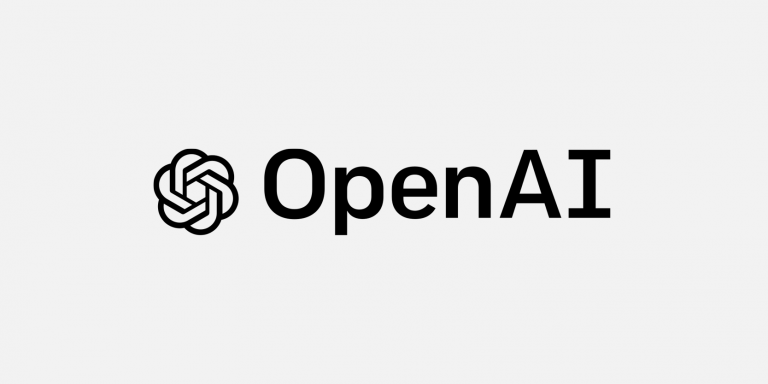
AI research and deployment company OpenAI is making official its new ‘text-davinci-003’ pattern, which joins the GPT-3 family of patterns and builds on previous InstructGPT patterns. The latter allows to bring an improved behavior in the rendering obtained by querying the AI.
New evolution in the field of artificial intelligence
A new addition to the GTP-3 family of models has been confirmed by OpenAI. Named ‘text-davinci-003’, this language understanding model allows to bring more precision and quality to the renderings we want to obtain by querying the AI. In general, training this model produces more “truthful” and less “toxic” results. In order to better respond to research intentions and to propose a more refined rendering, the InstructGPT models are based on an approach that is closer to human beings.
The new capabilities offered by ‘text-davinci-003’ allow to handle complex instructions, which leads to more creative possibilities in the way it can be used.
The main idea behind this addition is to facilitate the creation of longer and more qualitative content. A comparison between the productions made by this template and the previous version shows a noticeable evolution in this sense:
For example, to the question: ” I’m trying to write a web application. What backend frameworks can I use, and what are their advantages and disadvantages? “, the version ‘text-davinci-002’ gives a rendering in text format, summarizing the points to be taken into account, without trying to go into detail. We can see an example below:
There are many backend frameworks that could be used for a web application. Some of the most popular ones are Django, Ruby on Rails and Express.js. Each of these frameworks has its own advantages and disadvantages, so it is important to choose one that will meet the specific needs of your application.
On the same question, the new version offers more visibility in the rendering of the answer, as well as more details:
- Node.js: Node.js is a JavaScript-based runtime environment that is popular for writing backend applications. Pros: Node.js is fast, lightweight, and easy to learn, and it has a large developer community. Disadvantages: Node.js can be difficult to debug and there is a lack of robust tools for building large-scale applications.
- Django: Django is a popular Python-based web framework. Pros: Django is powerful and well documented, making it easy to learn. It also supports a wide range of databases and APIs, so you can easily integrate with other services. Disadvantages: Django can be difficult to scale for large applications and can be slow for certain types of queries.
- Ruby on Rails: Ruby on Rails is a popular web framework based on the Ruby programming language. Pros: Ruby on Rails is easy to learn and can be used to quickly build powerful web applications. It also has a wide range of built-in features, such as authentication and authorization. Disadvantages: Ruby on Rails can be slow and resource-intensive, and it can be difficult to scale.
To ensure this rendering, OpenAI used reinforcement learning from human feedback (RLHF), which provides much more convincing results for following instructions compared to GPT-3.
To take advantage of this new version of OpenAI’s model, just like the other Davinci language models, it is necessary to use the company’s API at the same price as the other basic Davinci language models ($0.0200 / 1000 tokens).
Translated from OpenAI officialise une nouvelle version pour son modèle de langage GTP-3









